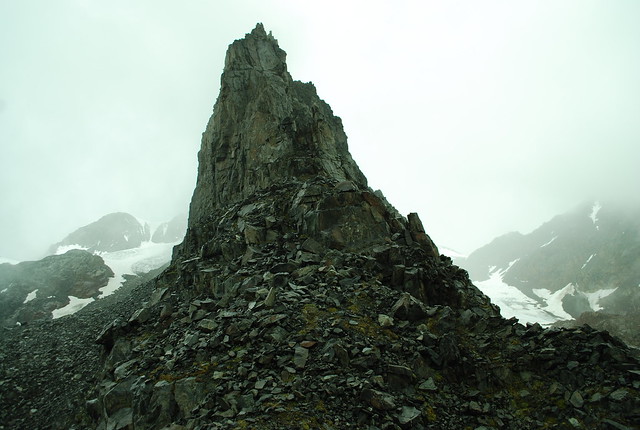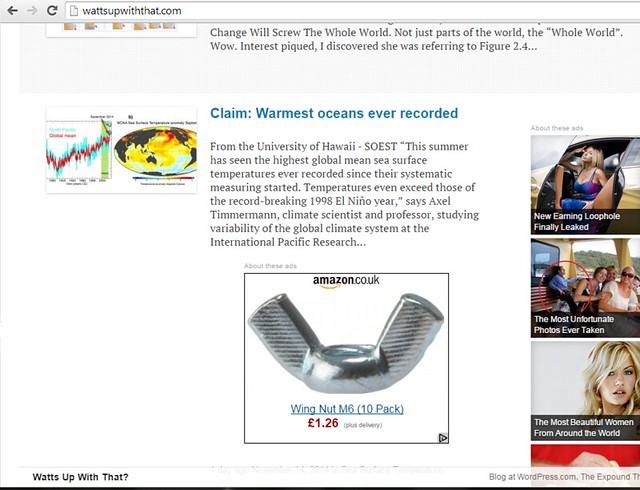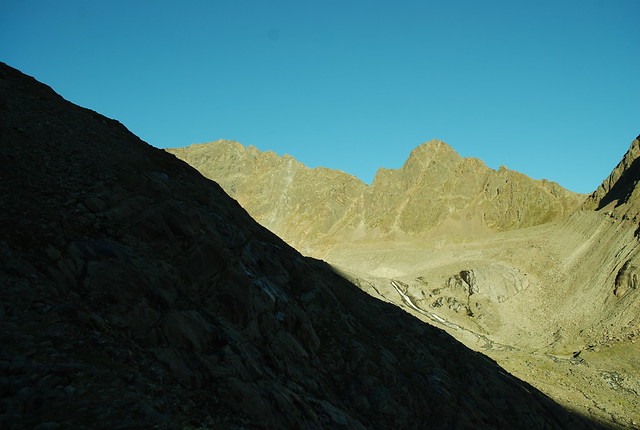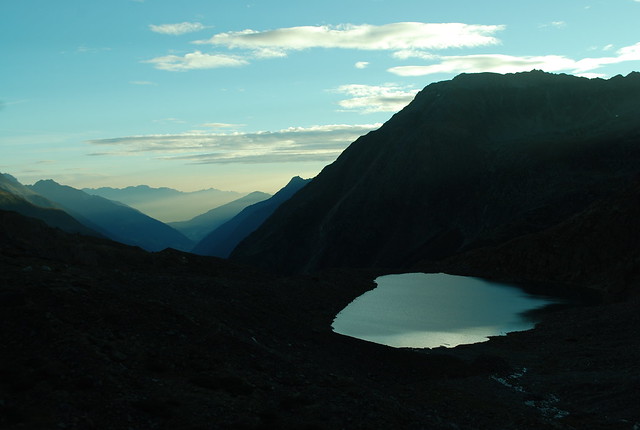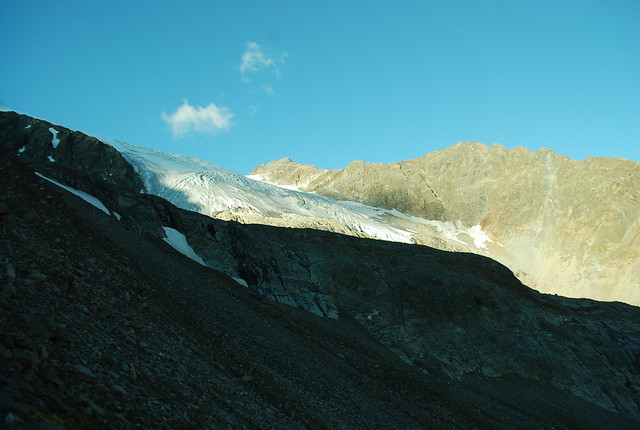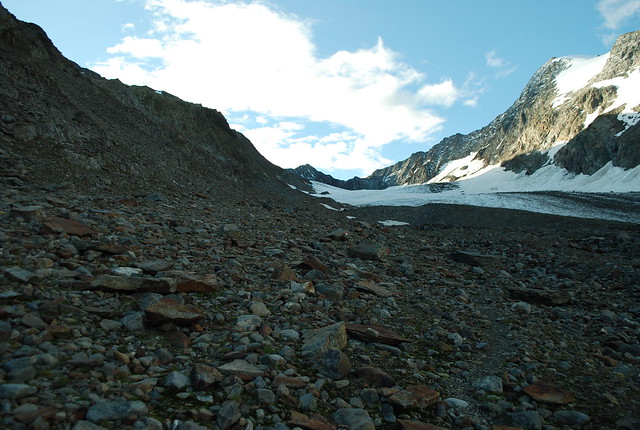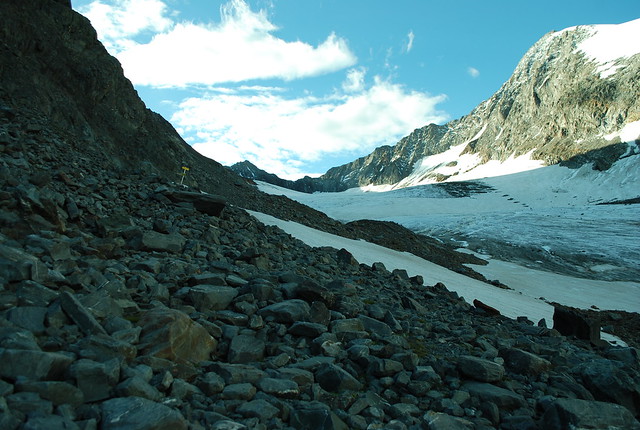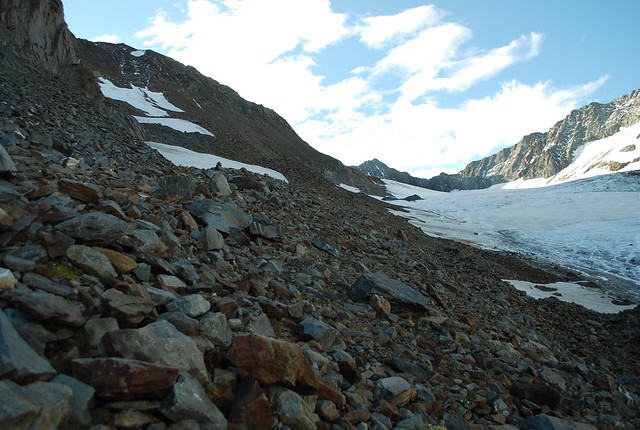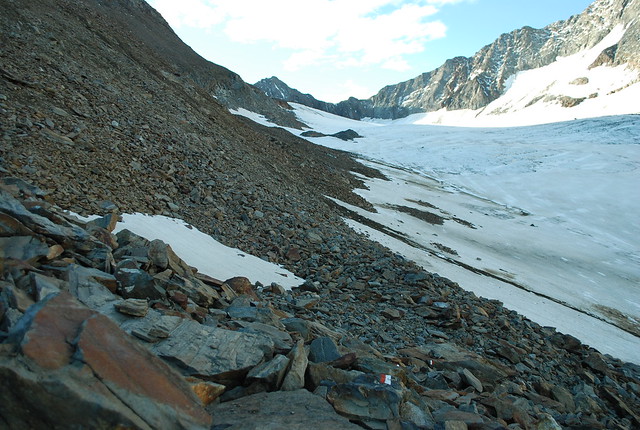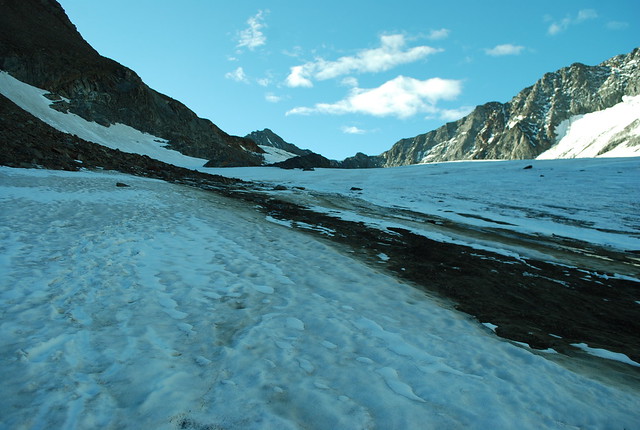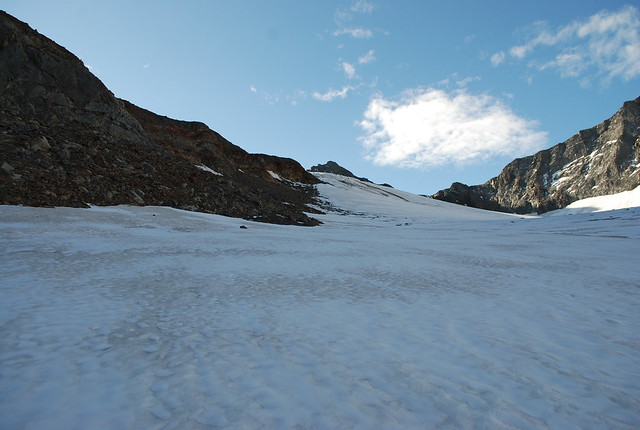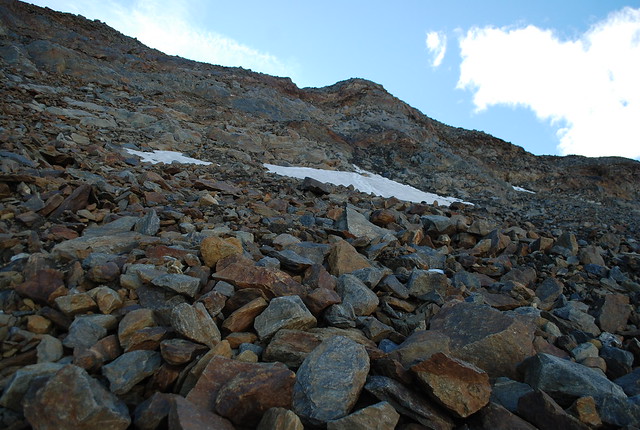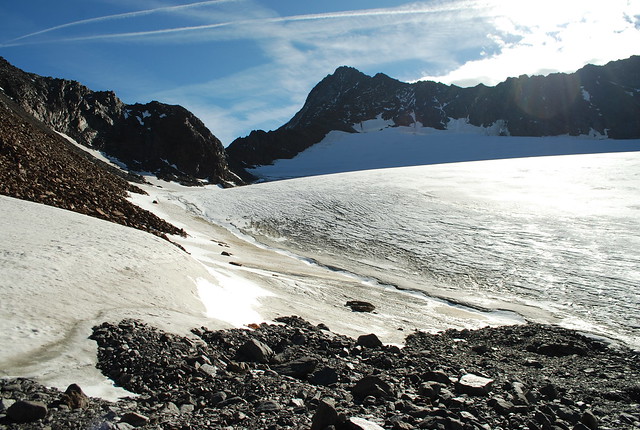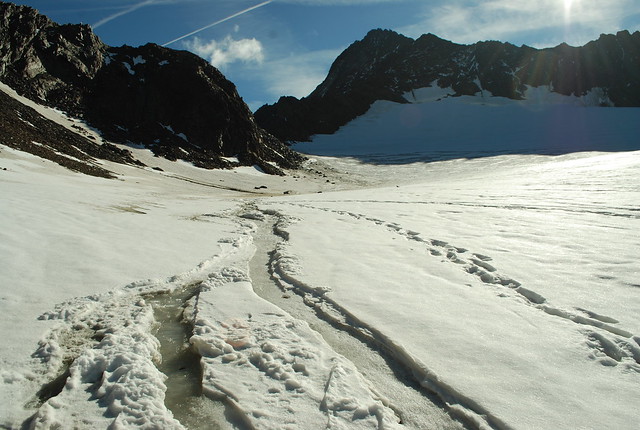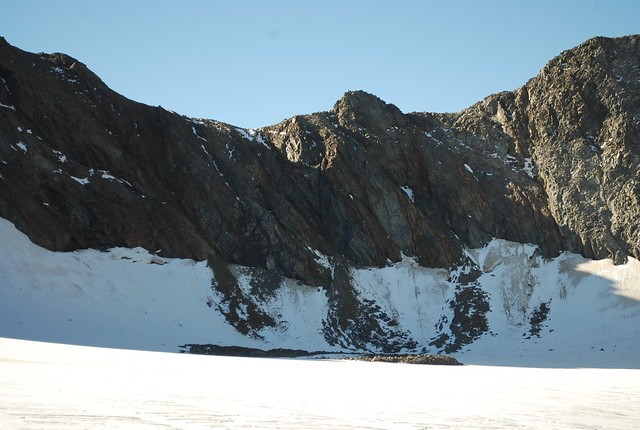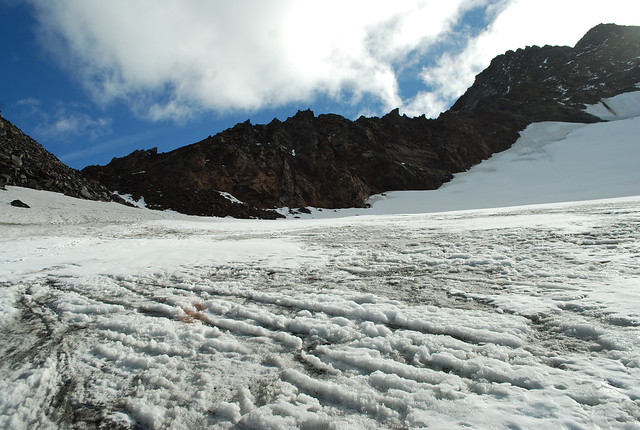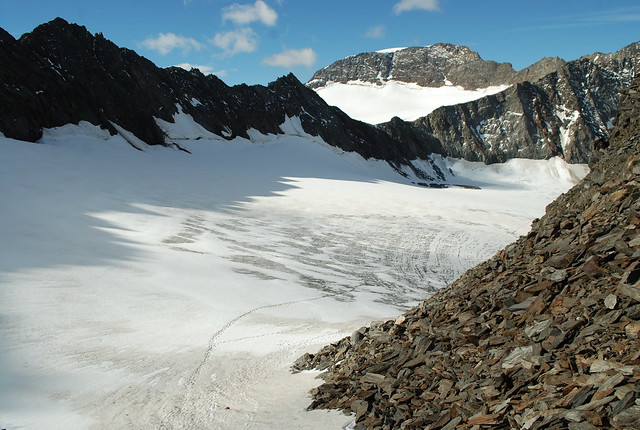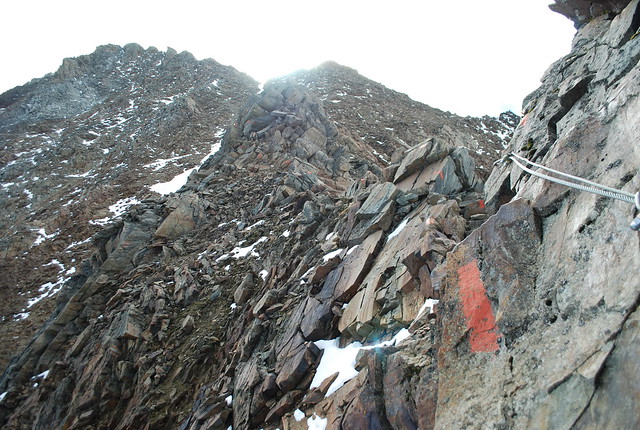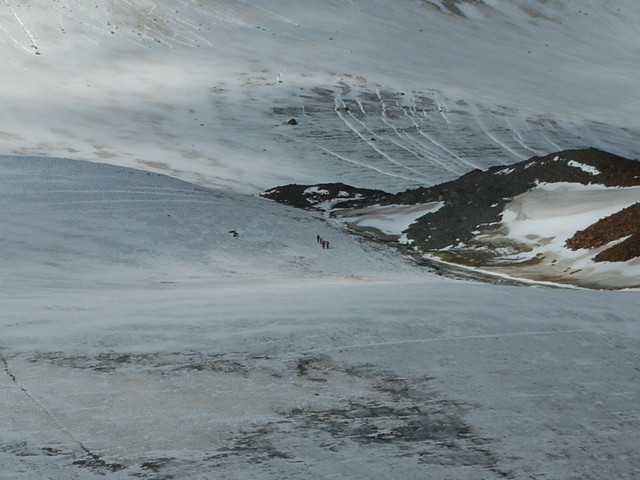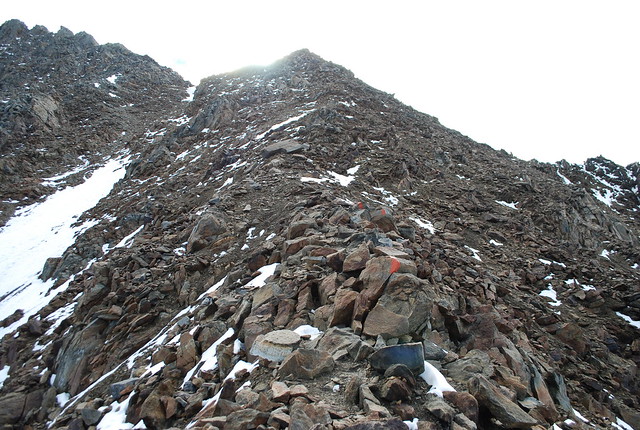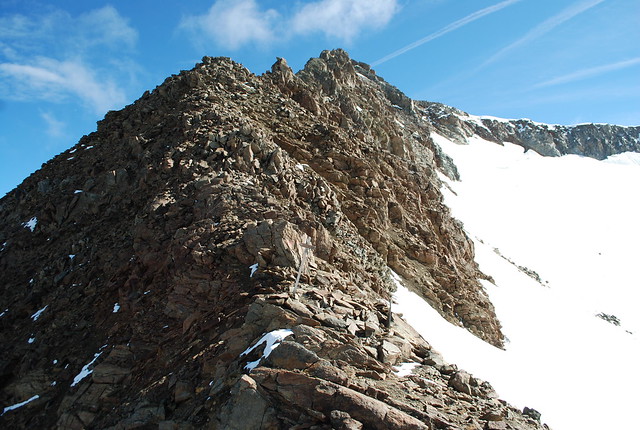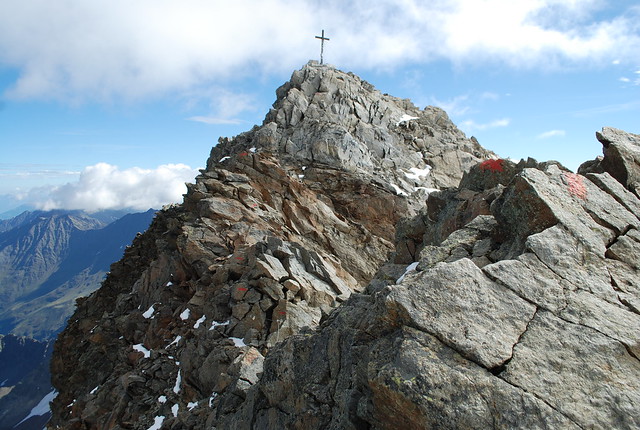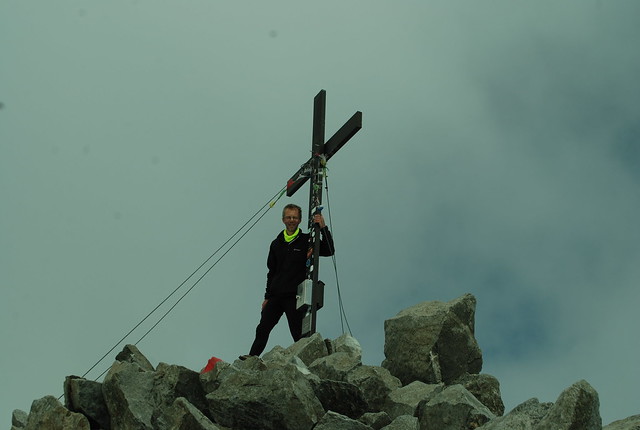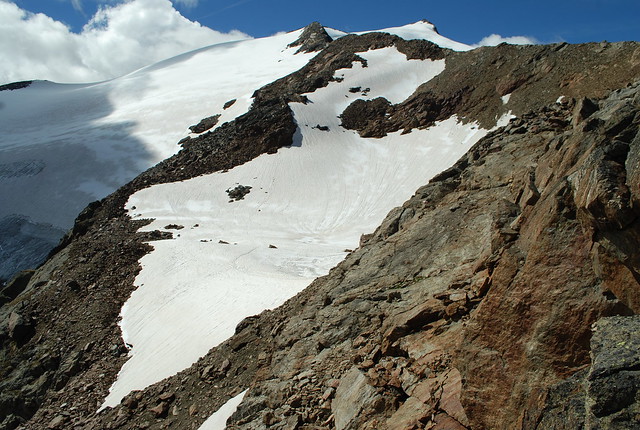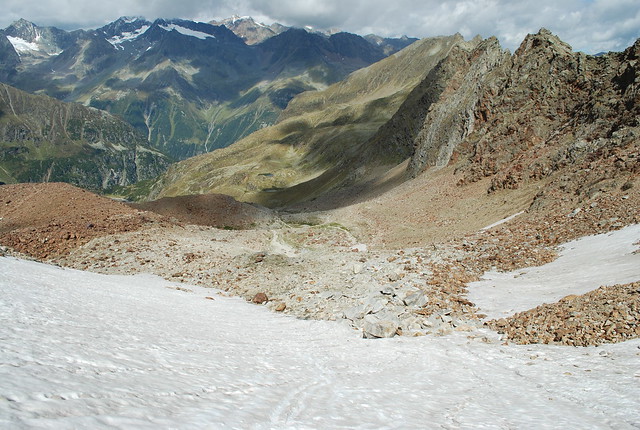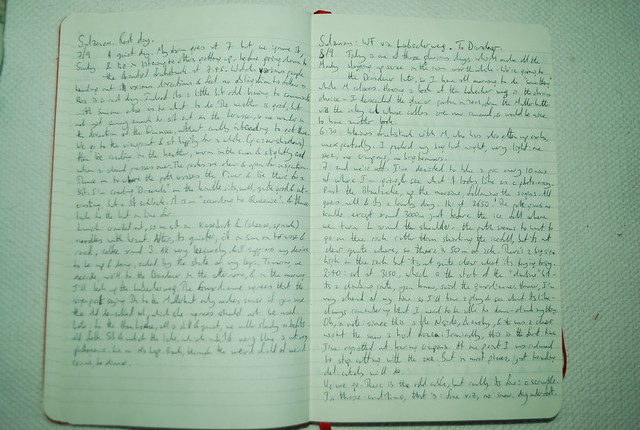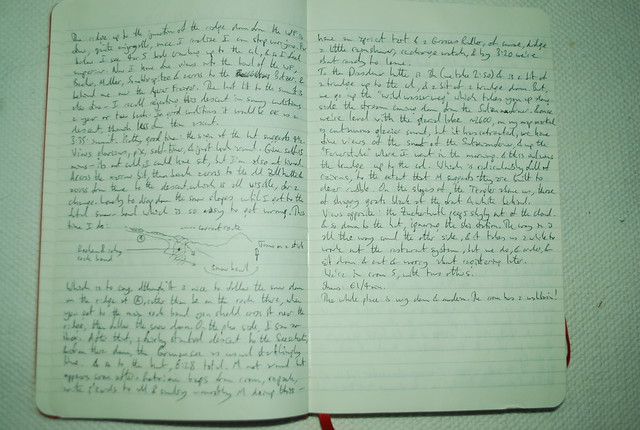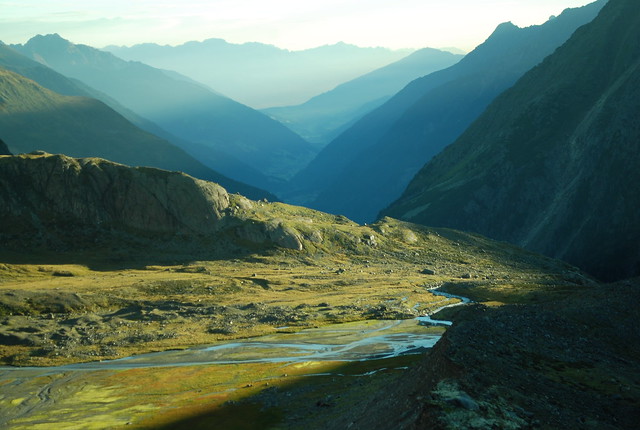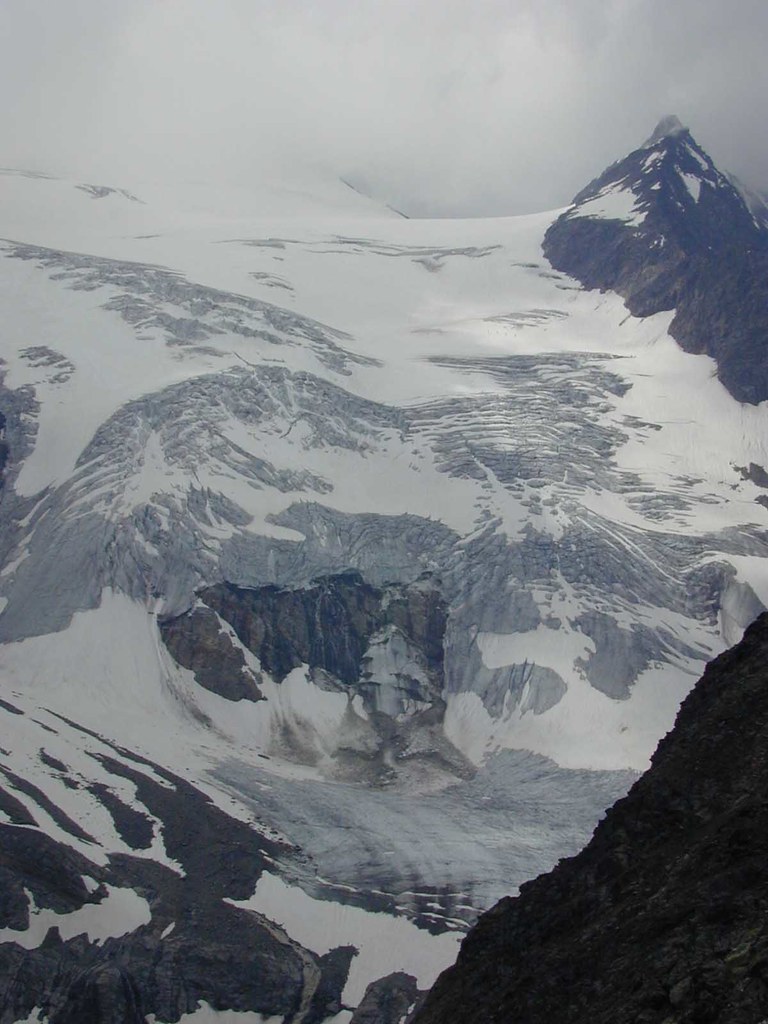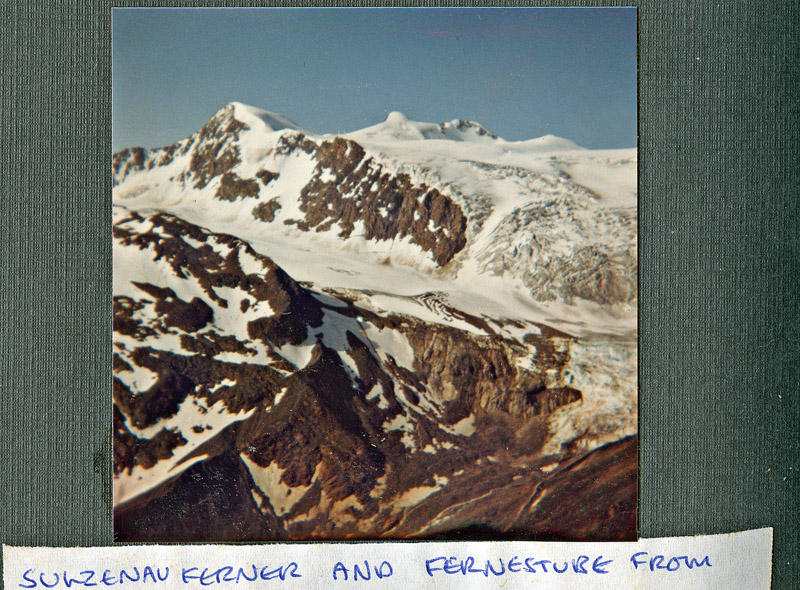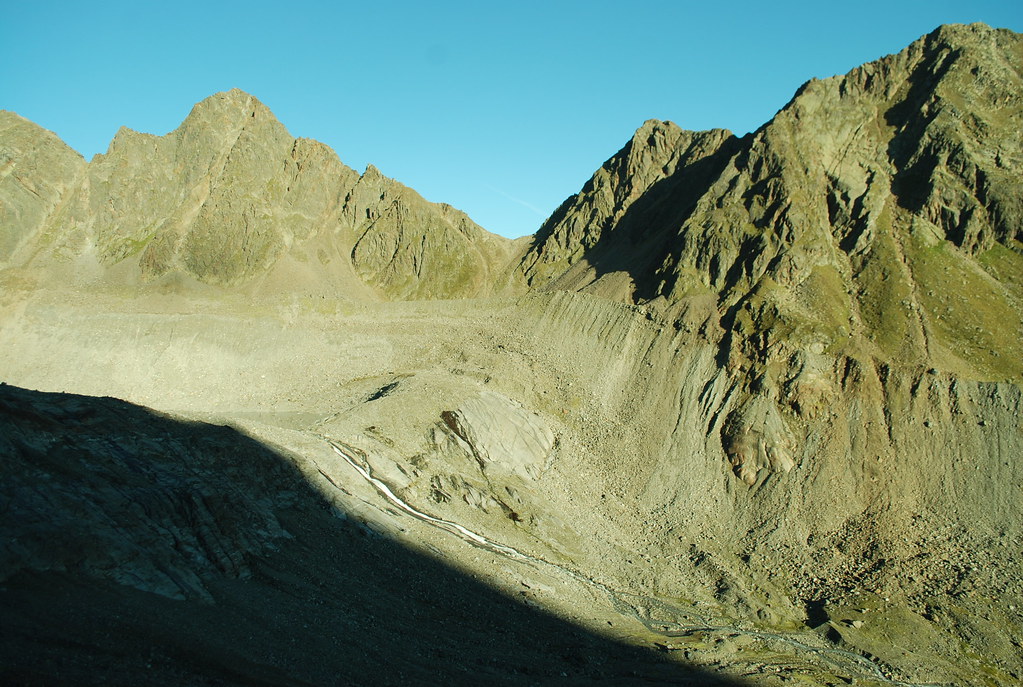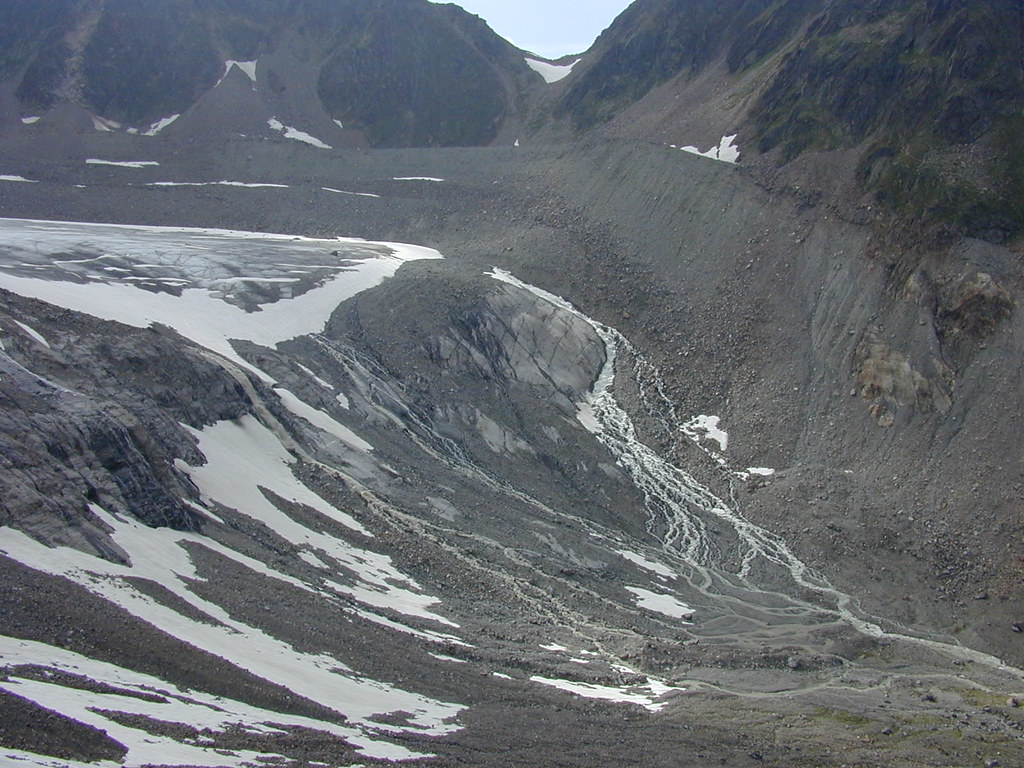 There’s a thread on twitter, started by “@JacquelynGill” noting “The Day After Tomorrow”, “@ClimateOfGavin” replying that “it was that movie and lame sci community response that prompted me to start blogging”, and continuing “Spring 2004 was pre-RC, Scienceblogs, etc. Deltoid was around, Stoat, @mtobis + other sci.env ppl too. But very few.”
There’s a thread on twitter, started by “@JacquelynGill” noting “The Day After Tomorrow”, “@ClimateOfGavin” replying that “it was that movie and lame sci community response that prompted me to start blogging”, and continuing “Spring 2004 was pre-RC, Scienceblogs, etc. Deltoid was around, Stoat, @mtobis + other sci.env ppl too. But very few.”
Gosh, those were the days. More than ten years ago. What can I remember?
[Update (I’ll put it here so you see it, maybe): David Appell remembers. Which reminds me of a story: somewhen we were all (on sci.env?) speculating about such-and-such a thing: had X really said Y, or whatever. And then I found a post on QS where DA had simply asked the relevant person, and got an answer. Oh, is that how you do it, I thought.
Also updated to add Coby Beck, Inkstain (John Fleck), PlanetFleck, and Prometheus.
2020/06: updated to add A funny thing happened on the way to the forum 🙂.]
TDAT was May 2004 and predates “stoat”; the very first “stoat” was in July 2004 and contained, in its entirety, Do I really want to do this? I wonder. Still it may well be fun to try. My first edit to the wiki TDAT article was in early 2005: I replaced The film aims to dramatically depict hypothetical catastrophic effects… with The film dramatically but unrealistically depicts catastrophic effects… and there were all sorts of arguments about that over the years.
The first “stoat” of mine that I can see with any bearing on climate is Another post and advises people You should read this:
http://cgi.cse.unsw.edu.au/~lambert/cgi-bin/blog/science/mckitrick6.html, which is TL pointing out McK’s degrees/radians error. If you look at Deltoid now, it looks like it has a contiguous history as scienceblogs going back to 1998, but of course it doesn’t; as TL says, he’s imported old stuff. Maybe I should import old sci/env stuff to stoat? I had a brief go at working out when it really started but failed; in December 2013 he mostly seemed to be assaulting the gun-nut Lott. Though its possible to find stuff if you know where to look.
[Update: as Eli points out, Deltoid’s first post on climate is at least as early as March 2004.]
Meanwhile, the first RC was Welcome to RealClimate in December 2004, and I think my first post there was Just what is this Consensus anyway?. There are some interesting bits of that post – notice how little I cared about exactly what the temperature trend was. So while “stoat” existed before RC, I’d written almost nothing on it by the time RC got going.
[Update: RC: Ten Years of RealClimate.]
Speaking of McK leads me to remember that 2003 was the year of the Hockey Stick Wars. Or at least one of the years. I can find my wmconnolley.org.uk/sci/mbh/, which is why the name McK meant something to me (I think it wasn’t clear that he was the monkey until later). Oh look, I even wrote a history page about it. Of course nowadays you’re better off reading [[Hockey stick controversy]]. There was some stuff about “climate2003” I think; ah yes, that was McI.
David Appell’s Quark Soup predated most other things I know about. Sadly the early site disappeared in some server crash or another; here’s an internet archive snapshot from 2005, showing archives back to March 2003. However, here’s March 2003 and its about politics and Star Trek. But I remember picking up early stuff on McI / McK from there.
Searching back through James’ Empty Blog I found Now you see it – now you don’t which refs First look at S+C’s MSU vn5.2? which is a reminder of one of the Big Things people used to argue about – how to reconcile the relative lack of warming / cooling shown by the satellite temperature record with reality. And the answer was a combo of: S+C had got it wrong, and the record was short. My recollection is that JEB first existed merely to make it convenient for James to post comments elsewhere; his hello world post in Jan 2005 just says “Well, everyone else seems to have a blog, so I might as well too. Will it be useful? I doubt it, but who knows…” Real posts seem to start with “betting on climate” in May 2005.
Michael Tobis, mt, didn’t start blogging till late I think. Eli was in sci.env under a pseudonym, but didn’t start blogging until September 2005.
So how did all that overlap with sci.environment? Quite a lot, I discover somewhat to my surprise. Here’s my last post there:
Following a long long period of disenchantment, and more importantly
the development of alternative fora, I’m leaving sci.env. If the signal to noise ever improves, do let me know, I may take a peek.The alternatives? Wikipedia; blogs (https://wmconnolley.wordpress.com/ :-);
and http://groups.google.com/group/globalchange/-W.
—
William M Connolley | wmc@bas.ac.uk | http://www.antarctica.ac.uk/met/wmc/
Climate Modeller, British Antarctic Survey | Disclaimer: I speak for myself
I’m a .signature virus! copy me into your .signature file & help me spread!
That’s from June 2006. Fitting in with the history thread is ANNOUNCING MODERATED GLOBAL CHANGE DISCUSSION FORUM globalchange.googlegroups.com from May 2006, which was a last-ditch and ultimately ill-timed attempt to create a moderated sci.env by a group of the sane: “James Annan, Raymond Arritt, Coby Beck, William Connolley, Michael Tobis”. It failed. But I see that early 2006, and certainly before, I was still pretty actively posting to sci.env.
Well, anyway, that’s some old stuff. There’s loads more I’ve forgotten and quite possibly stuff I’ve got wrong. Do feel free to comment, or if you write your own blog on the history, to link to it in the comments.
Update: 2020/12: not really climate, but once part of ScienceBlogs I think which was where I met him, Aardvarchaeology – by Dr. Martin Rundkvist now celebrates Fifteen Years Of Blogging.
Latecomers
Errm, well. As in, people I didn’t cover in the first version.
Coby Beck, now scienceblogs.com/illconsidered/, started A Few Things Ill Considered at illconsidered.blogspot.com in November 2005, but didn’t get his first comment until 2006, so it was well stealthed to start with. the first post is worth reading because it confirms the “oh look there’s this thing called blogging starting to become popular and its better than usenet” type reaction. In Feb 2006 I welcomed him.
One I’d forgotten is PlanetFleck, which was a blog aggregator run by John Fleck. A sort of early google reader, but with fixed choice of blogs. Here’s an internet archive snapshot from 2005 featuring your favourites: RealClimate, Prometheus, Chris Mooney, Me, Tim Lambert, and other more misc ones.
John Fleck adds, in 2018, 20 years and 5,767 posts on, a thank you note to Inkstain readers.
Which of course reminds me of Prometheus: as I once said, once upon a time Prometheus bestrode the blogging world like a colossus. Here’s the opening post (cite). Although that says its the work of “Tind Shepper Ryen, Mark Lohaus, and Roger Pielke, Jr.” pretty soon it became RP’s. Reading a quasi-random post from 2004, Hurricanes and Climate Change: On Asking the Wrong Question it seems there is little new under the sun.
Atmoz appears to have been a relative newcomer: January 2007 is the first I can find.
John Fleck, at Inkstain, has some early history: he provided Thinking About Climate from April 2003. John nowadays blogs pretty well exclusively on water issues in his area. And of course he’s one of the joint authors on the seminal The Myth of the 1970s Global Cooling Scientific Consensus paper. In fact, he’s the one that provided the flow and narrative cohesion.
Fergus Brown is a newcomer: Empty Cave is I think the first, from 2007(cite); that fits my recollections.
Refs
* THERE MUST BE A BOOK IN ALL THIS – HOW ABOUT CALLING IT says VVatts.
* Arthur Smith, in comments above, points us to worldchanging.com from March 2004.
* Doug McNeal’s list of climate-y blogs
* Early blogging days at Cafe Hayek from 2011
I ought to leave you with some very vaguely appropriate picture.



